

Last updated on

During Google’s Marketing Live event, a keynote unveiled cutting-edge AI-driven visual search results incorporating ads designed to captivate users within the realm of AI-supported searches, blurring the boundary between AI-generated search outcomes and promotional content.
While Google Lens proves immensely beneficial, its unconventional aspect arises in its seamless transition from an aiding assistant to a pathway leading users directly to a shopping cart. This innovative approach to enticing prospective customers through AI is so avant-garde that the presenter refrains from labeling it as advertising, not even once.
Google’s Group Product Manager, Sylvanus Bent, kicked off the presentation by introducing the upcoming iteration of Google Lens visual search, emphasizing its utility in surfacing information and facilitating product discovery.
Sylvanus elaborated on how this advancement presents a chance for websites to attract traffic through this novel search method.
“Whether you’re snapping a photo with Lens or highlighting an item on your social feed for search, visual search opens up fresh avenues for exploring anything that catches your eye. We recently unveiled a revamped results page for Visual search.
In the near future, beyond just visual matches, users will encounter a diverse array of results, spanning from images to videos, web links, and insights from the knowledge graph. This not only delivers users the assistance they seek but also opens up new avenues for websites to gain visibility.”
The potential impact on website traffic and its quality remains uncertain. Will visitors linger to peruse articles? Will they interact with product reviews?
Sylvanus presents a hypothetical scenario involving an individual at an airport baggage claim who becomes enamored with someone else’s bag. He suggests a simple solution: snapping a photo of the bag using Google Lens, which will instantly provide shopping options.
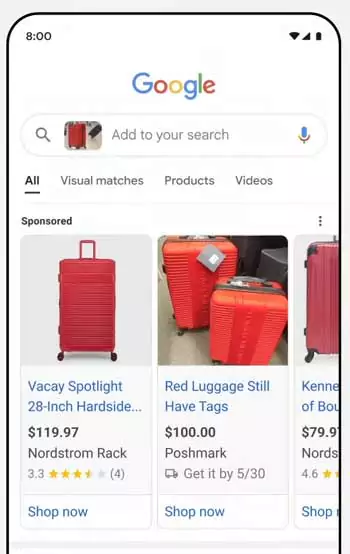
“Without any need for words, just open Lens, snap a quick picture, and voila! You’ll be presented with purchasing options right away. For the first time, shopping ads will prominently feature at the top of linked search results, offering businesses the chance to showcase exactly what consumers are seeking. This streamlines the process of acquiring something that catches their attention.”
Although these image-heavy shopping ads may seem intrusive, they’re merely a precursor to the “next-level” advertising on Google’s forthcoming visual search update. Here, Google will integrate paid promotions seamlessly within the AI Assistant’s interface, taking advertising to a new level of integration and convenience.
Sylvanus proceeds to outline an innovative AI-driven form of search interaction, refraining from labeling it as advertising but rather emphasizing its transformative nature as an experience.
“It’s more than just an offer,” he asserts. “It’s an immersive encounter that transcends traditional advertising boundaries, merging seamlessly with the search process in the realm of AI-powered suggestions and paid recommendations.”
He elucidates on this groundbreaking shopping experience:
“Picture a scenario where each search ad transcends mere promotion. It evolves into an interactive journey, a novel avenue for direct customer engagement. We’re delving into AI-driven recommendation-based search ads across various sectors. Allow me to present a forthcoming example, soon to be launched, offering a glimpse into the future of search interaction. And as we delve deeper into shopping, expect to witness even more of these dynamic experiences.”
He illustrates a scenario where someone in need of short-term storage turns to Google for assistance. What unfolds is a seamless transition from a simple query for local storage to an engaging “dynamic ad experience,” guiding the searcher towards purchasing packing supplies.
Here’s how he describes the process:
“Imagine searching for short-term storage and encountering an ad for Extra Space Storage. With a click, you’re immersed in a dynamic ad experience.
You’re prompted to upload photos of various rooms in your home, showcasing the furniture you need to store. With the assistance of Google’s AI, Extra Space Storage generates a detailed description of your belongings for your verification. You’re then provided with a tailored recommendation for the ideal size and type of storage unit, along with suggestions on the necessary packing supplies. Finally, you seamlessly proceed to the website to complete the transaction.
This exemplifies the evolution of helpful advertising. It goes beyond mere promotion, almost to the extent of physically handling your belongings. That’s innovation at its finest.”
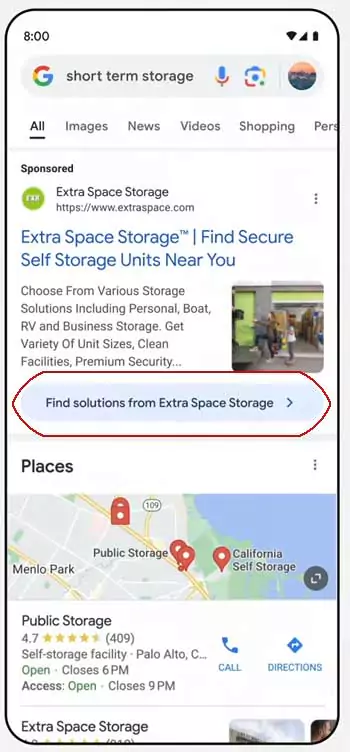
The screenshot above displays an advertisement that, upon clicking, appears to lead to an AI-assisted search interface. However, it’s actually an interactive advertisement disguised as a search experience.
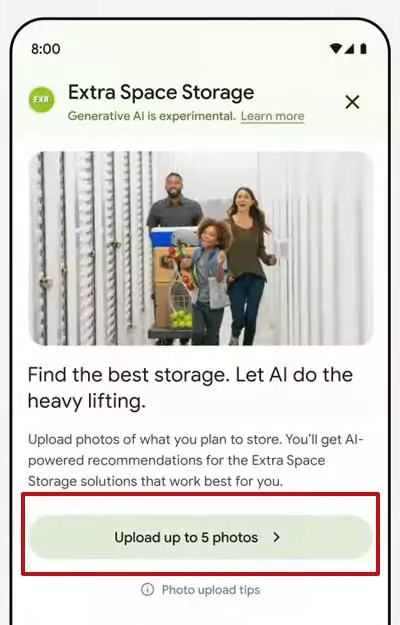
The image above depicts an advertisement seamlessly integrated into what appears to be an AI-assisted search environment. This technique mirrors the concept of an advertorial, where an advertisement is camouflaged within the format of an article. Phrases like “Let AI do the heavy lifting” and “AI-powered recommendations” establish the illusion of an AI-driven search, effectively concealing the true nature of the advertisement.
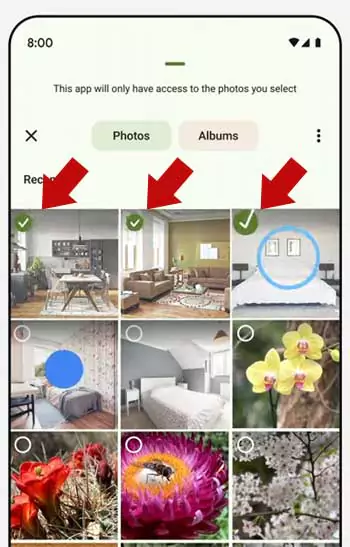
The screenshot above demonstrates a user uploading an image to an AI-powered advertisement within the framework of an AI-powered search application.
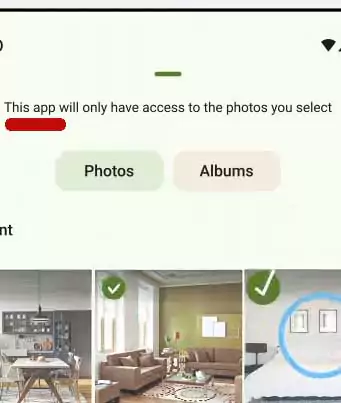
The image above illustrates how a user uploads a photo to the AI-powered interactive advertisement within the context of a visual search engine. By using the term “app,” the illusion is strengthened, making it seem like the user is engaging with an application rather than an advertisement.
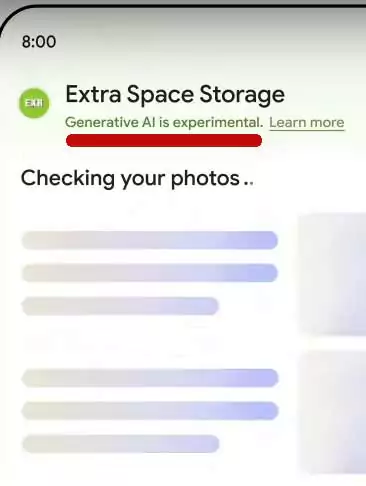
The phrase “Generative AI is experimental” enhances the illusion that this is an AI-assisted search platform.
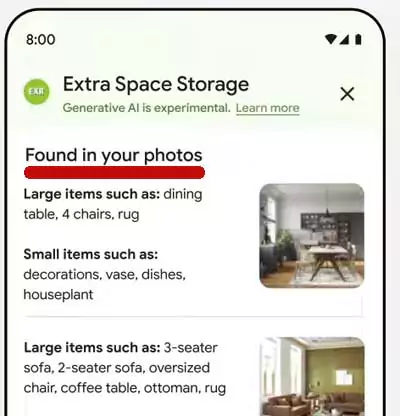
In step 4, the “app” advertisement serves to confirm whether the AI accurately identified the furniture that requires storage.
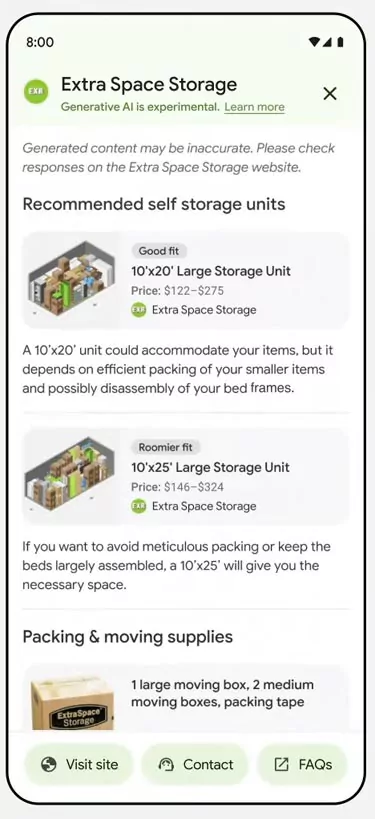
The screenshot above displays “AI recommendations” presented in a format resembling search results.
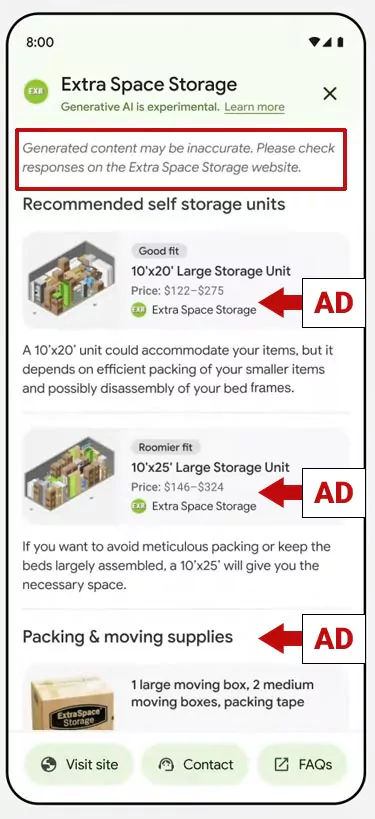
Those recommendations are actually ad units; when clicked, they redirect the user to the “Extra Space Storage” shopping website.
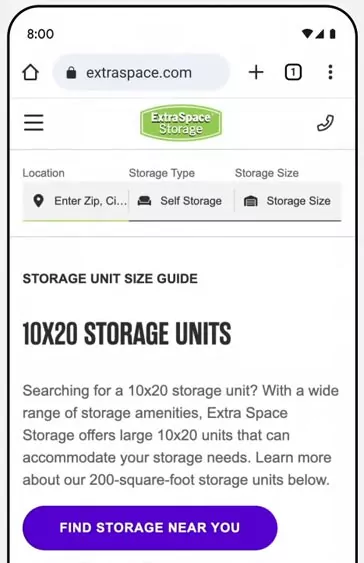
What the Google keynote speaker describes is the integration of paid product suggestions into an AI-assisted search. This form of advertising is so innovative that the term “advertising” almost feels inadequate. It effectively blurs the line between AI-assisted search and advertising. The question arises: at what juncture does a genuinely helpful AI search transition into merely a platform for promoting paid suggestions using AI?
Original news from SearchEngineJournal